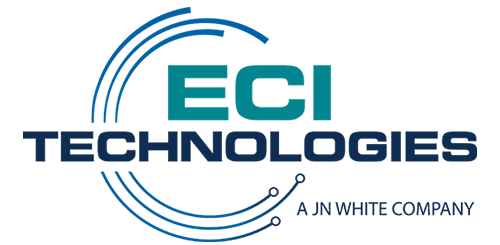What is Design? Design, or specifically industrial design which is what we will be discussing, is a process of analyzing and evaluating used to optimize the function, value and many other aspects of a product for the benefit of the user, as well as the manufacturer. Design has several branches, but we will begin to scratch the surface in this introduction of a series of in depth articles on strong industrial design methods.
In design, designers use basic information provided by the customer along with collections of analysis and research to produce a final product that will not only meet the requirements set by the customer, but also be efficient, functional, aesthetically pleasing, maintainable, cost effective and communicate the message the product is trying to send to customers.
What is Design used for? Design is used in pre-production as well as during production to create a product that exceeds the expectations of the customer, using their basic needs and researching and analyzing information. By combining these efforts along with a certain level of creativity, designers create a final product that will complete the given task efficiently and effectively.
Aspects of Design that effect quality:
Function and efficiency
Appearance
User Friendly
Message the product is communicating to the customer
Maintenance
Cost
Materials
Steps of Design:
Identify: The first step is to find out what the customer’s basic needs are. What is the product that they want? What is the product’s main objective? Who is using this product? What does the customer want the product to look like? What is the customer’s budget? What is the message the product will present for the user? Once the customer has given the designer the basic needs, then the designer must determine the “hidden needs” of the product, which includes: How can the appearance of the product help the product be more aesthetically pleasing? How can the appearance of the product enhance the function, maintenance, cost, and message? How can the product be made to have efficient maintenance done? How is the budget going to affect the quality of the final product? How will the materials used affect the appearance and the cost? These items must all be put into a hierarchical list, from most to least important to the final product according to the customer. Goals must be established in order to understand both what the product must achieve and what the designer can also surpass.
Analyze: The second step is to collect research on several aspects pertaining to the product, analyze the information and use it towards the new product to make it more efficient, functional, aesthetically pleasing, etc. The designer must explore all possibilities as well as constraints in which the product can be used. Both qualitative and quantitative research methods must be accounted for to get different perspectives and designs of the product. Some of the research a designer must consider are: competitive products of the same nature and function (to find attributes that would be beneficial that could be used or improved upon, as well as attributes that would not be beneficial to stay away from). It is much more efficient for a company not to start from scratch but instead have a head start on the project with different, competitive perspectives. Research must also be done regarding expenses per development, manufacturing and selling price in order to make the final product cost effective.
Generate: Product concept drawings are the next step for the designer. Here is where the designer will create several sketches of different plans that utilize different attributes that will make the final product more functional and efficient. These renderings may also show different styles and appearances that may help the product be more functional as well.
Refine: The concepts will then undergo a narrowing process, separating the most beneficial designs from the mediocre ones. Some designs may swap and trade attributes in order to find the one suited for the project the final product will undergo. Once a design is chosen, the attributes are then refined more, and more research is done to improve upon the different aspects of the product. The design is then proposed to the customer and either approved or denied.
Plan: The plan is the last step in which the designer must take action on the product, creating the list of exactly how the final product will be made and by using which materials. The designer must also track expenses and the development schedule, including milestones for tracking purposes.
Conclusion:
Why is Design important? Design separates products that have are well though-out, clear and concise in manner of function, appearance and cost, from products that are simply made to order. Designers take a product and go above and beyond the customer’s expectations.
How does ECI help in the design process? Here at ECI, we have experts in screen printing that will help customers find the product they want by walking them through the process and giving suggestions that will improve several attributes to their project.
How are we Design experts? ECI has over 60 years of combined screen printing experience. We know our colors, materials and processes well and can spot complications in ink and material in projects that most would not catch. Our eye for detail helps us to help our customers find not only the product our customers are looking for, but find a better one that will better handle the job it will be meant for.
More to Come:
Industrial Design is a very broad subject. In the coming months we will continue to expand this series with a variety of in depth articles exploring the key attributes of strong Industrial Design.
Particularly, our focus will be tuned on Human Interface Solutions and Graphics. We have only just begun to scratch the surface! Stay tuned!

